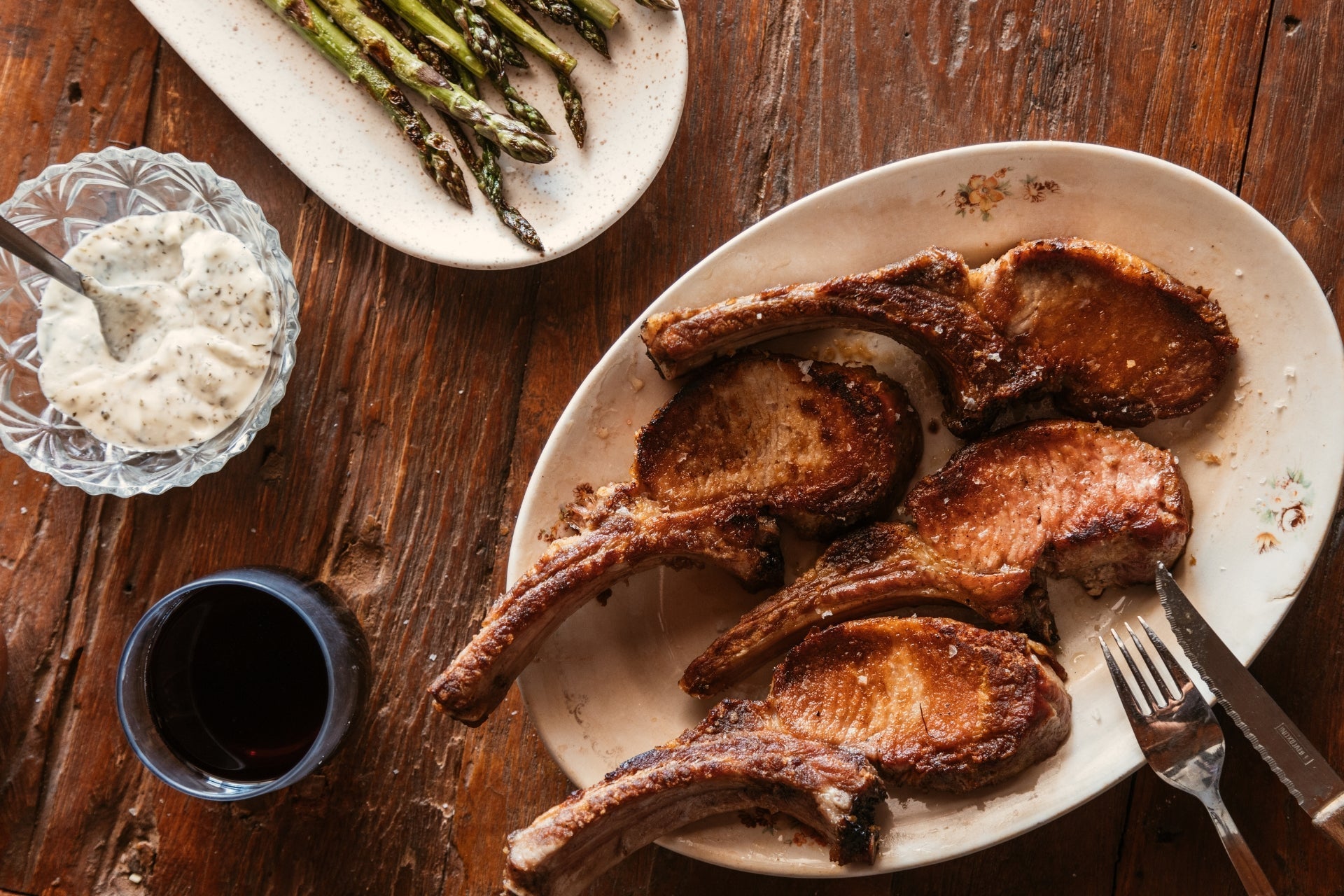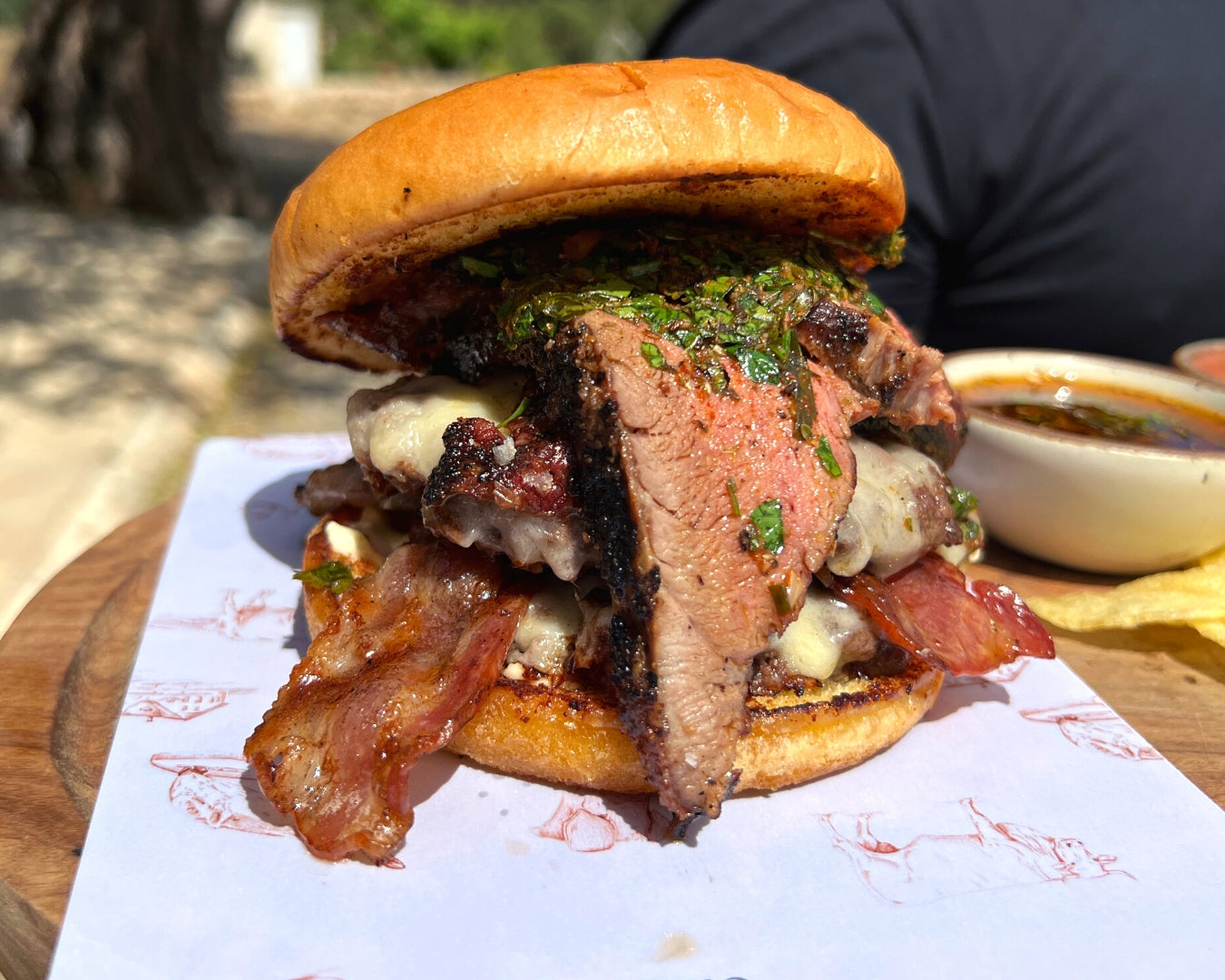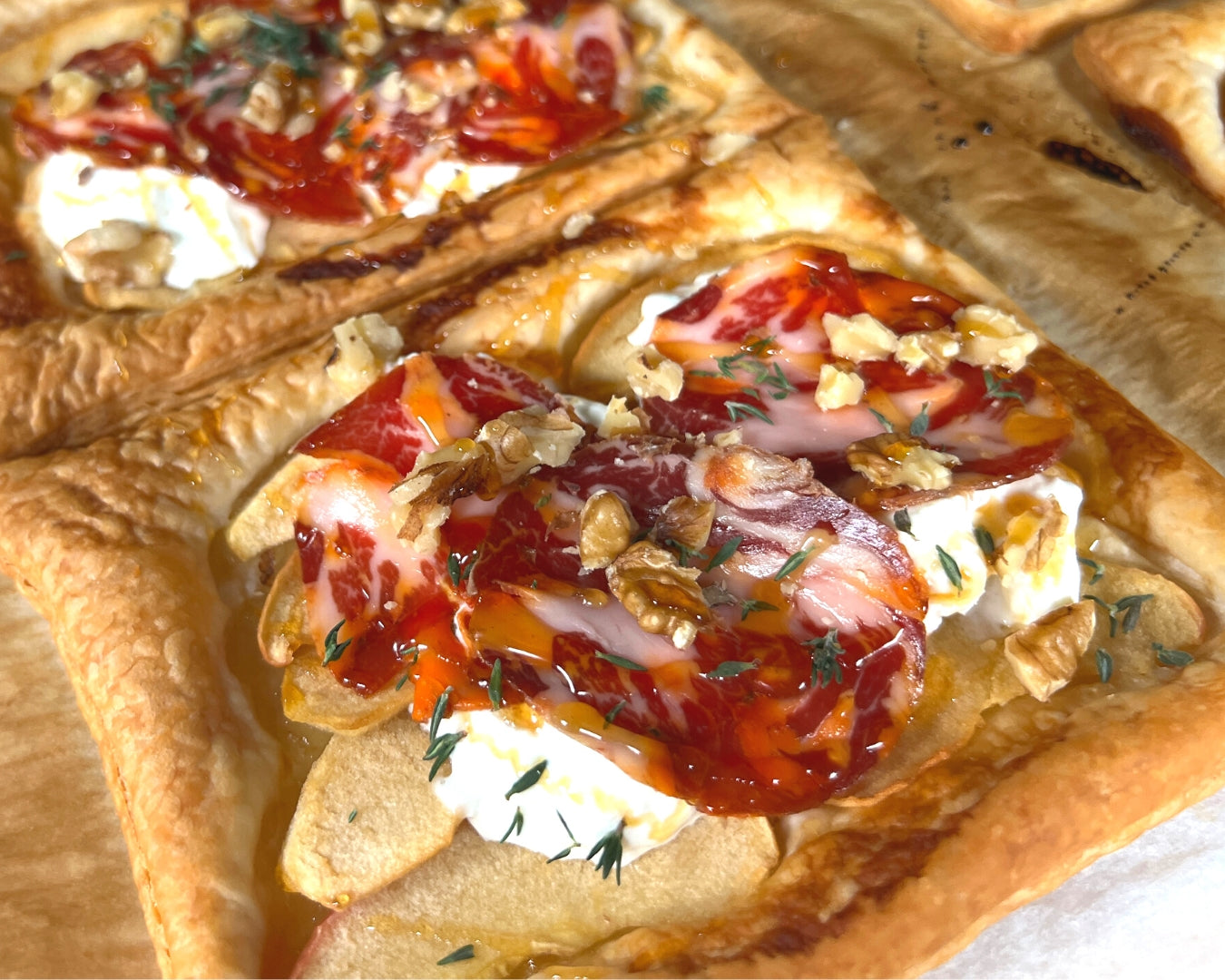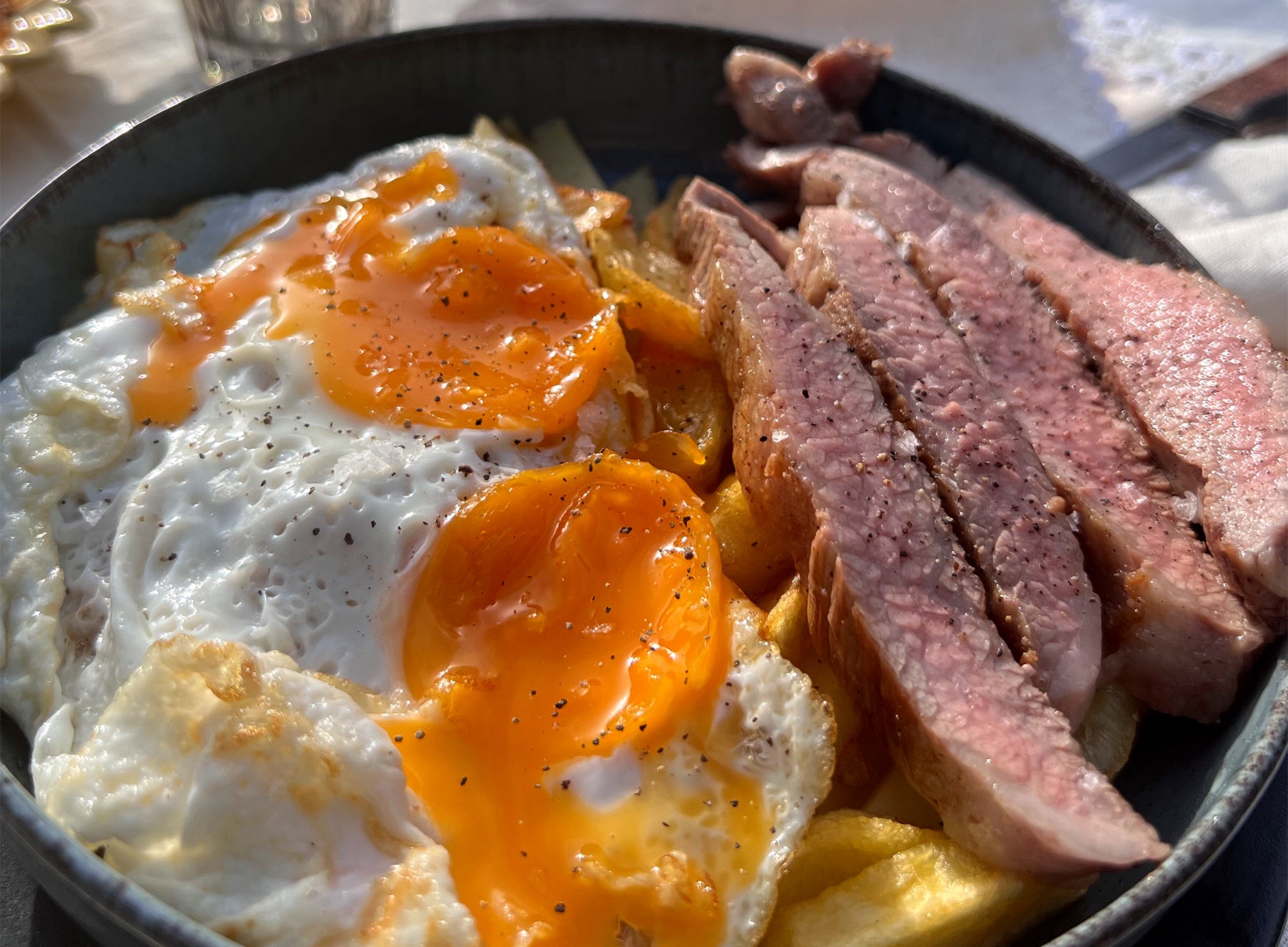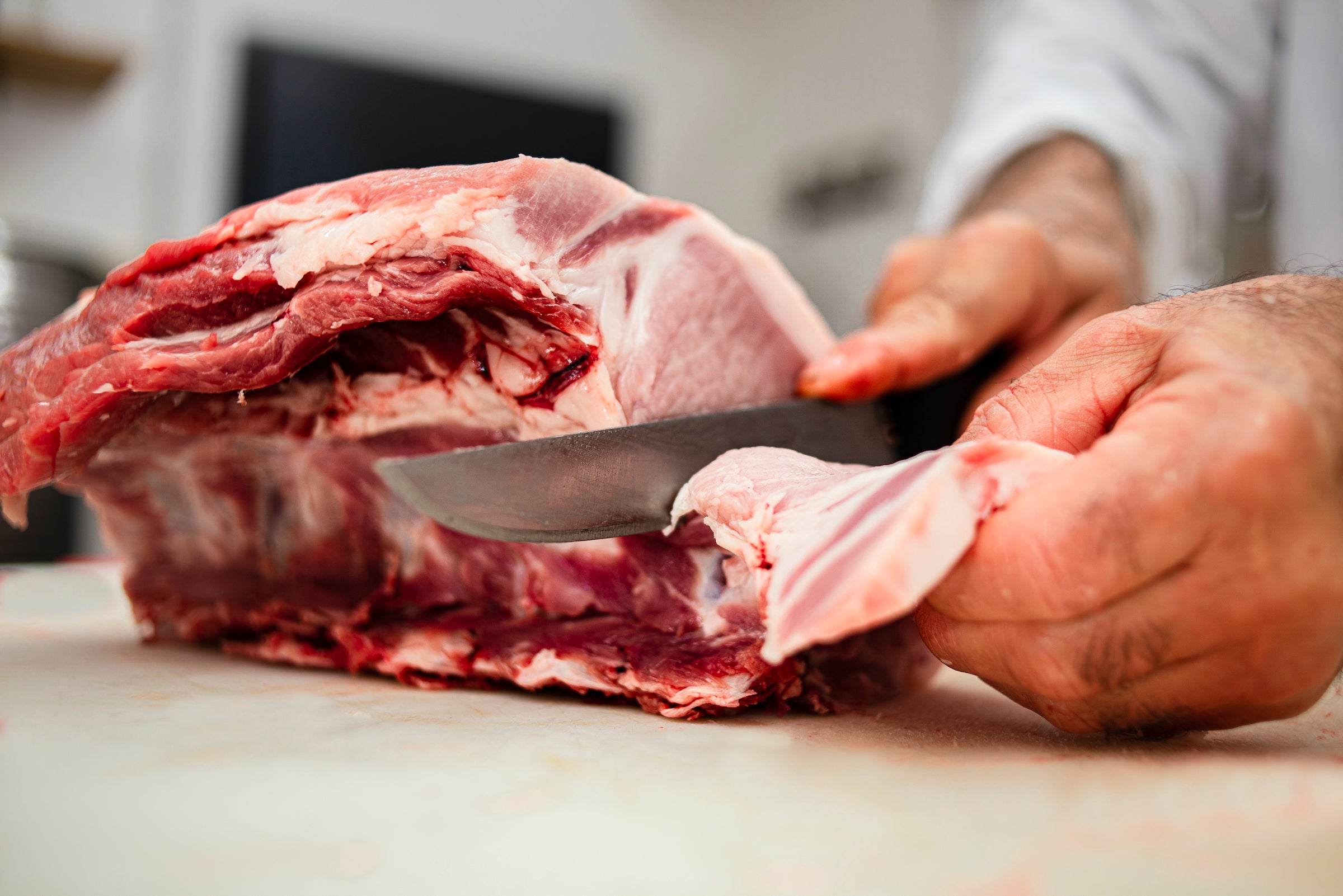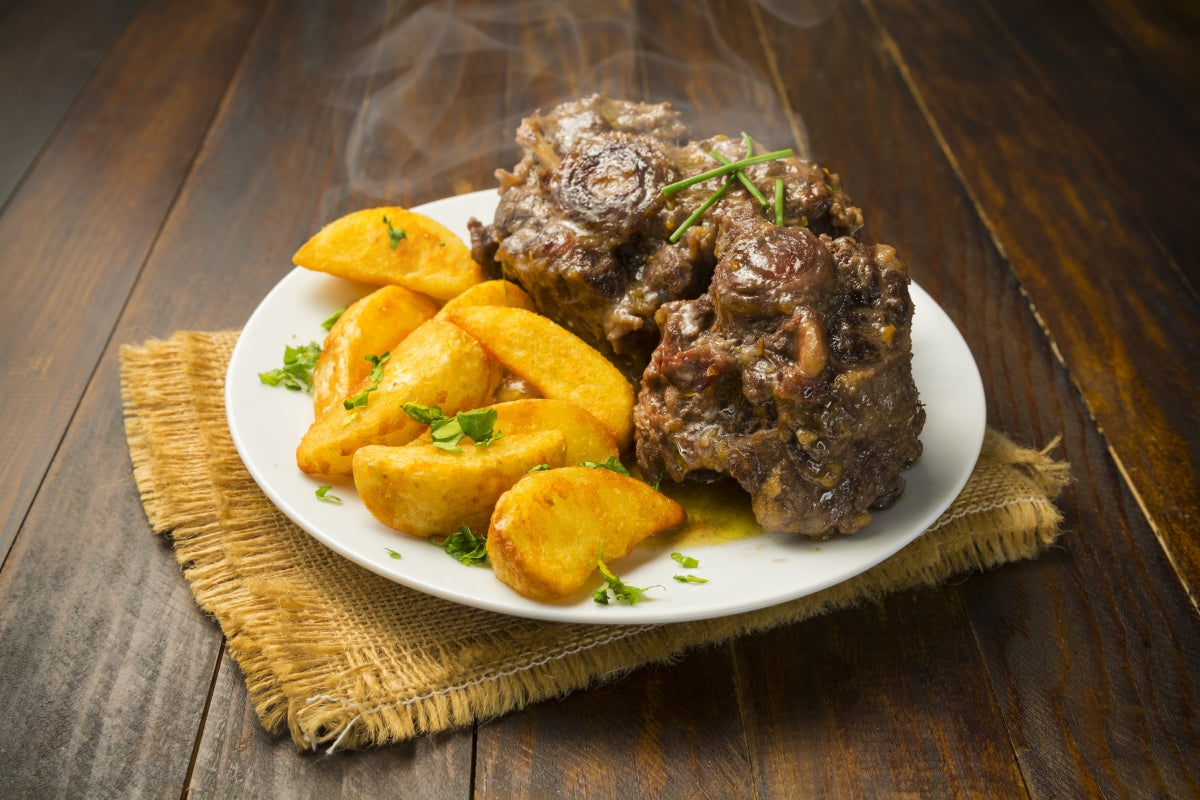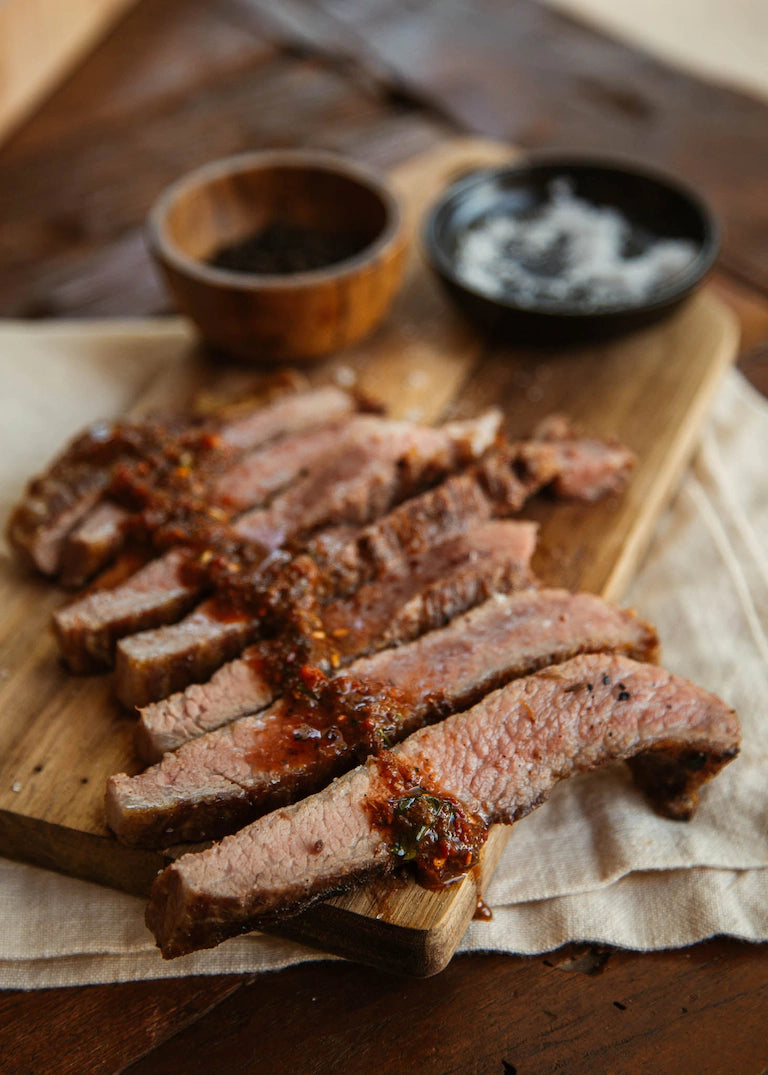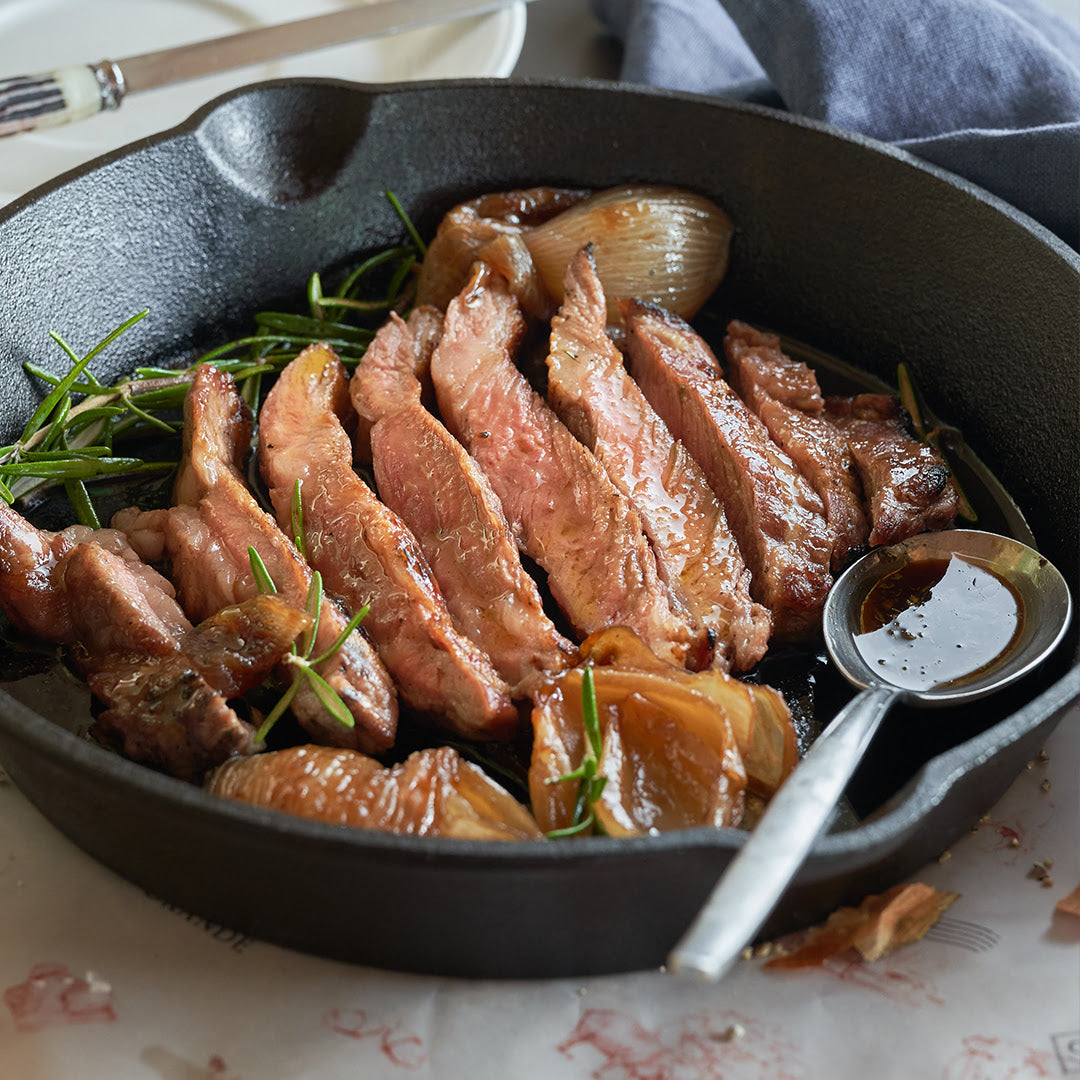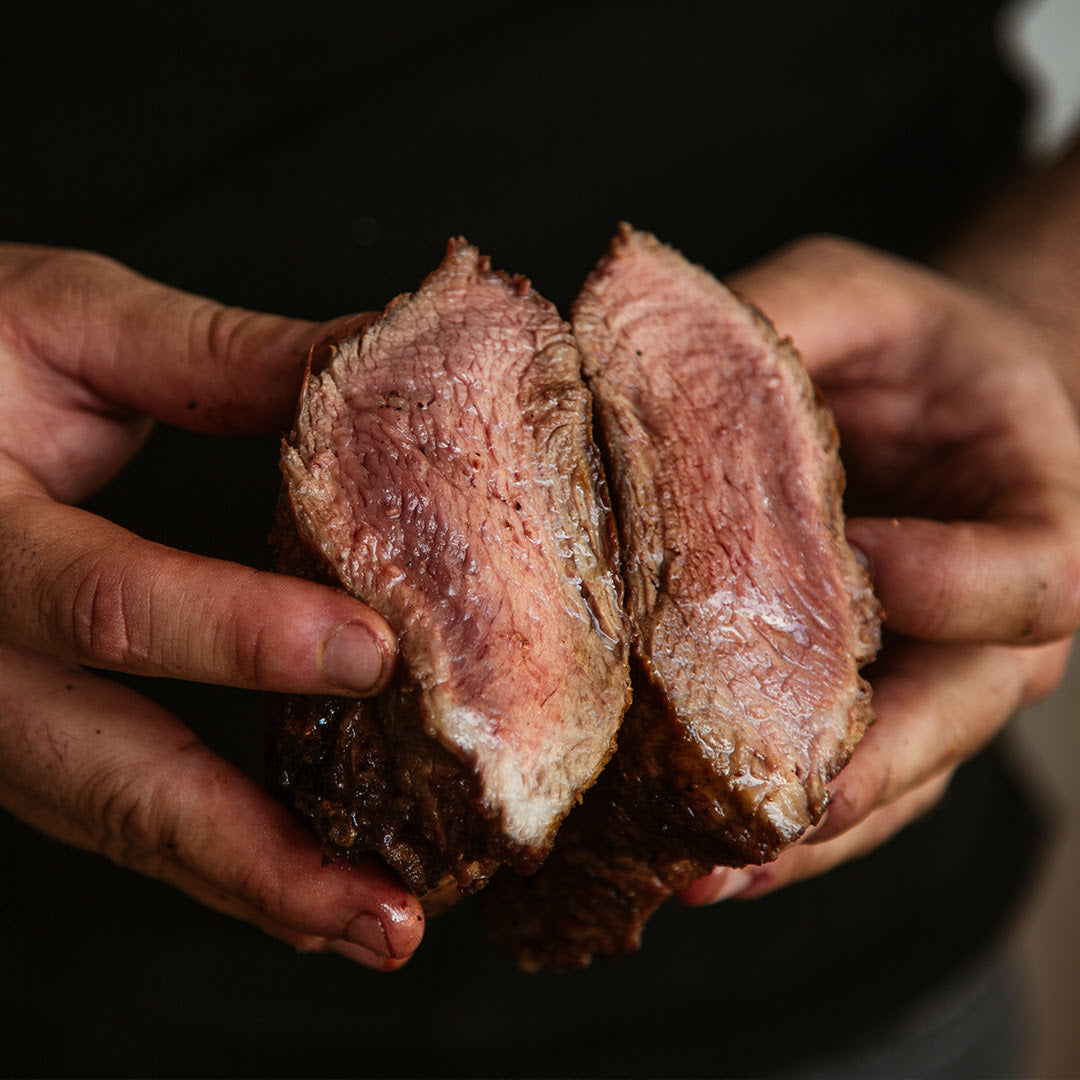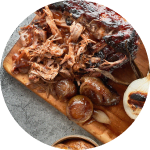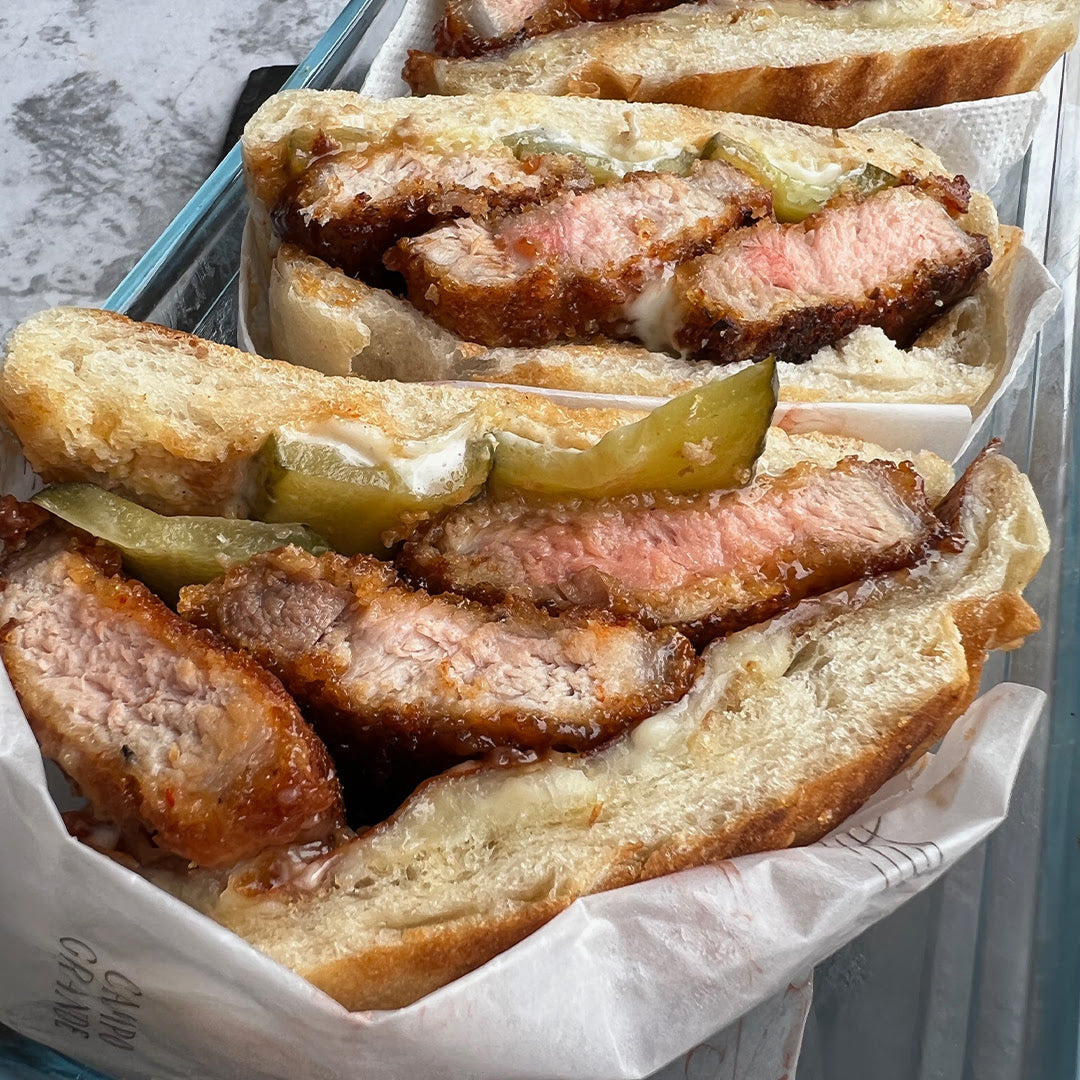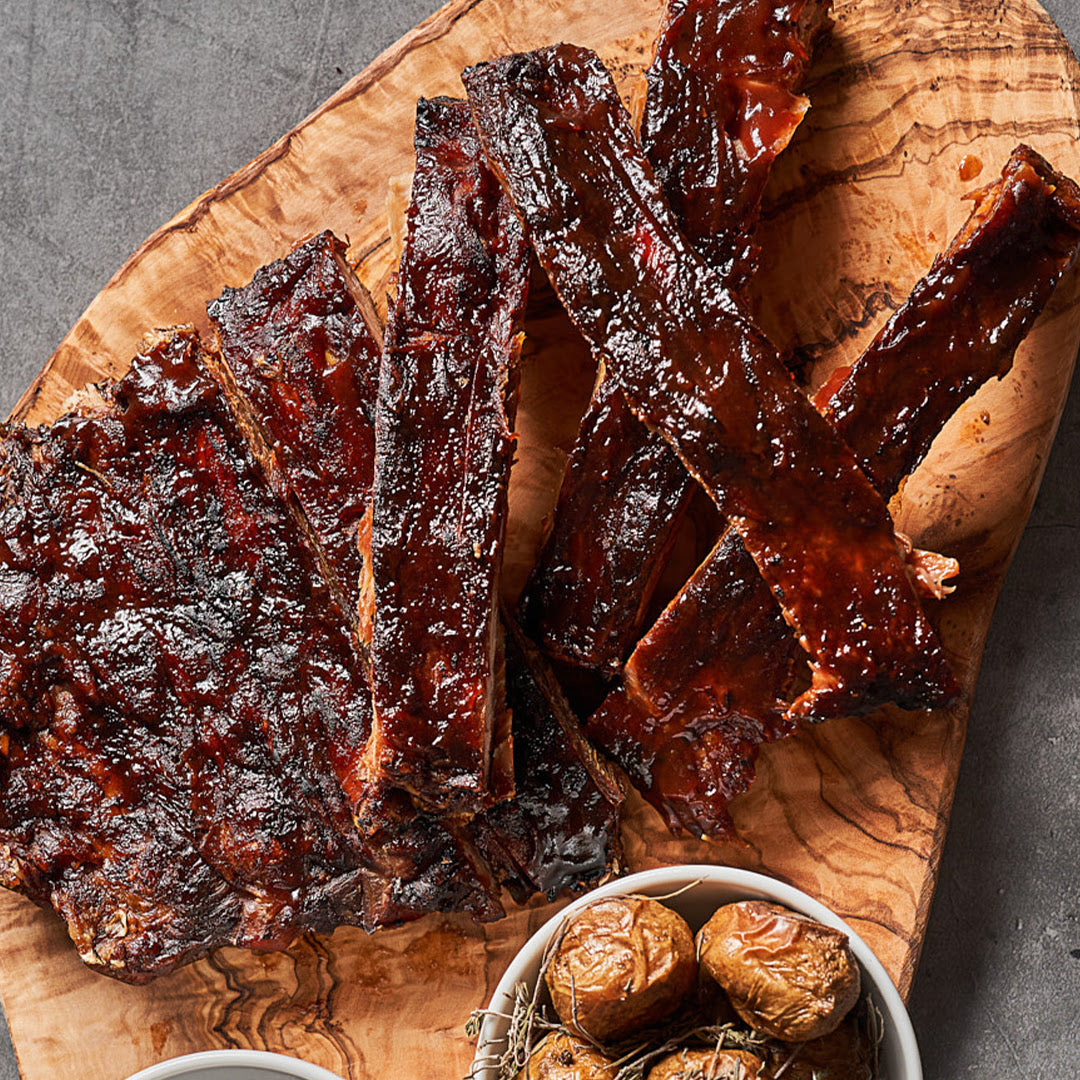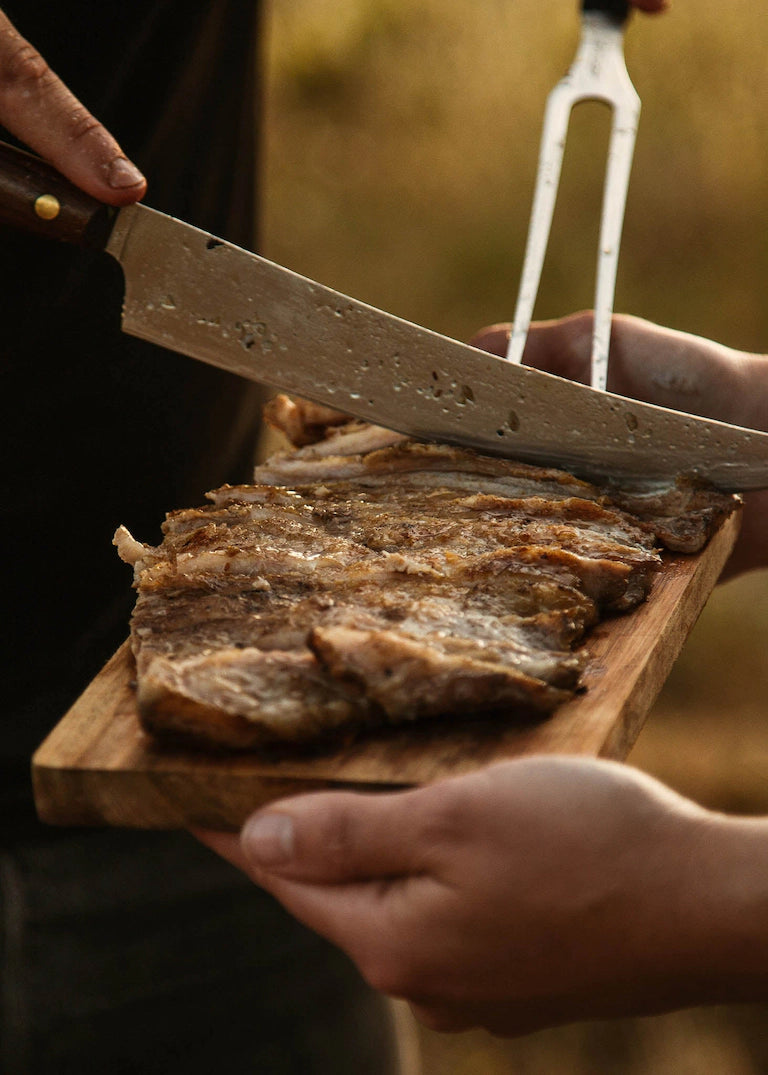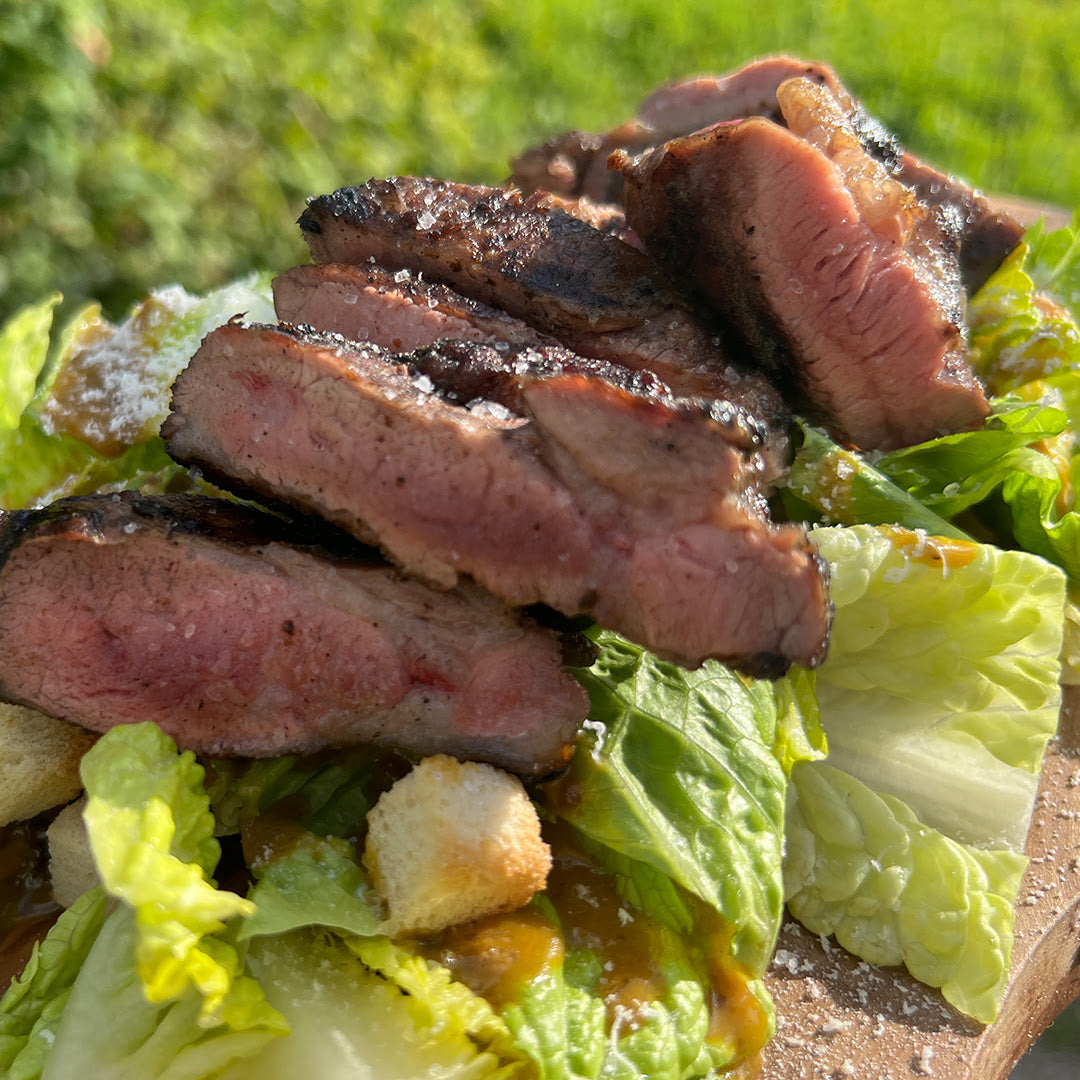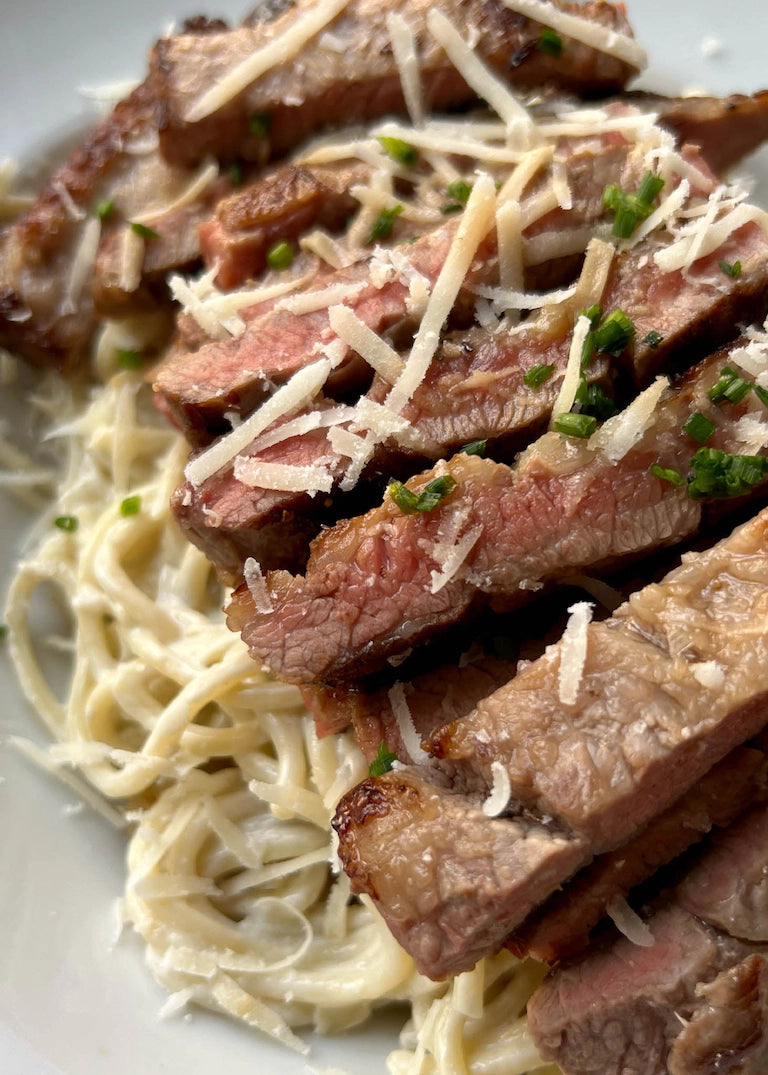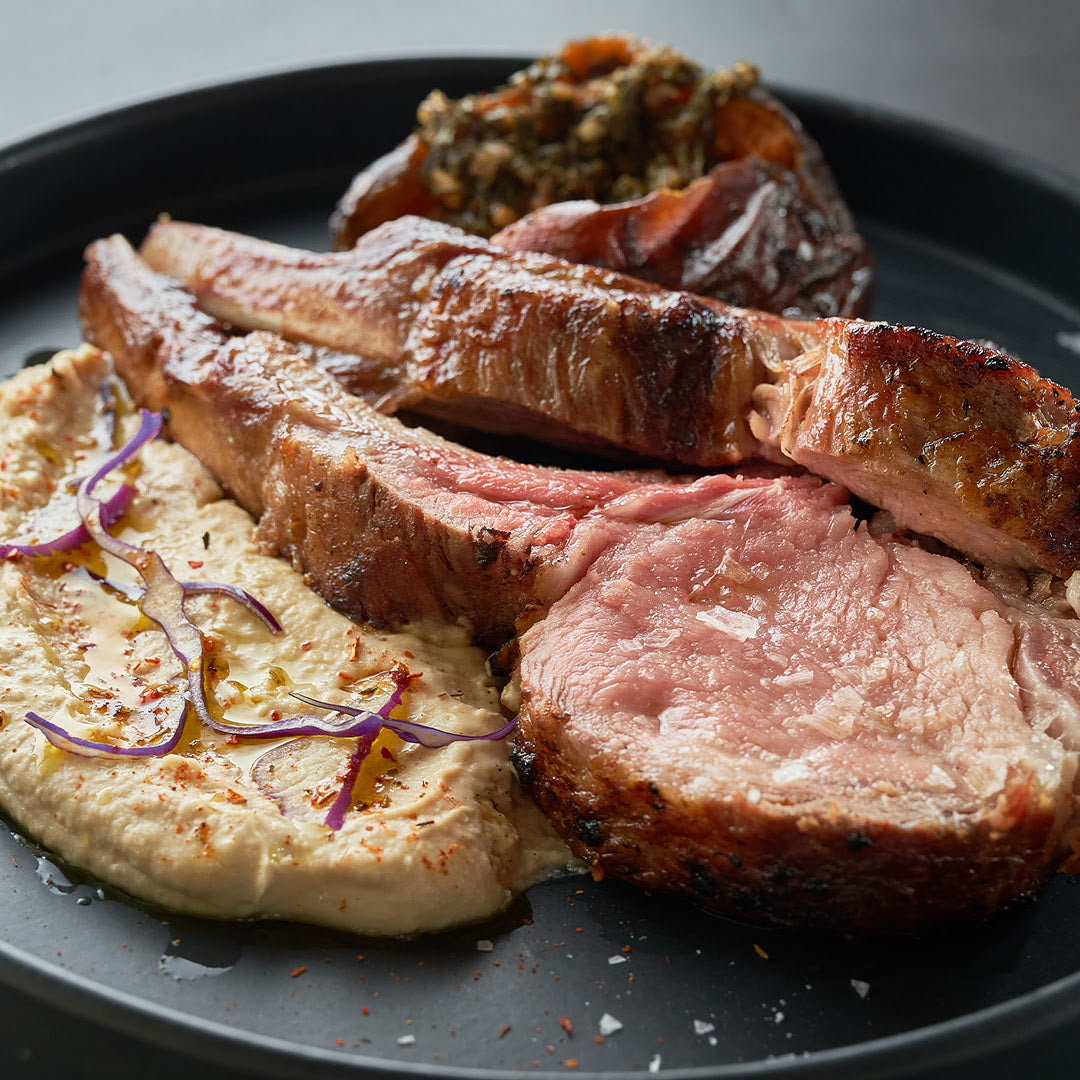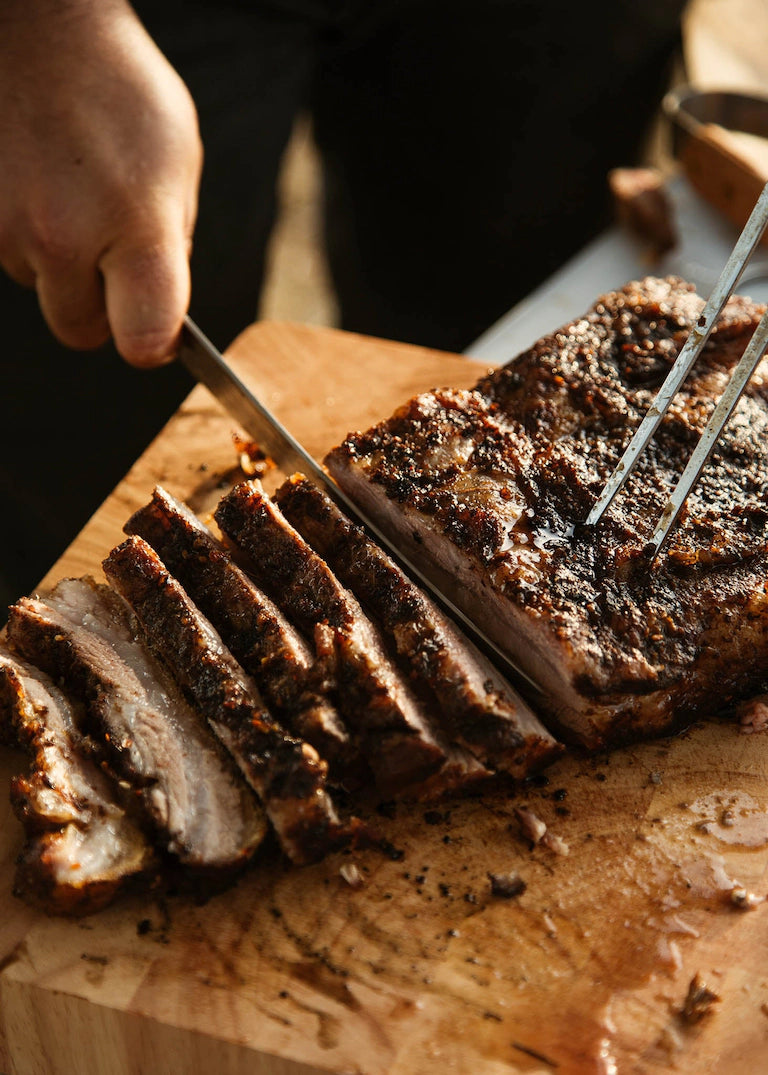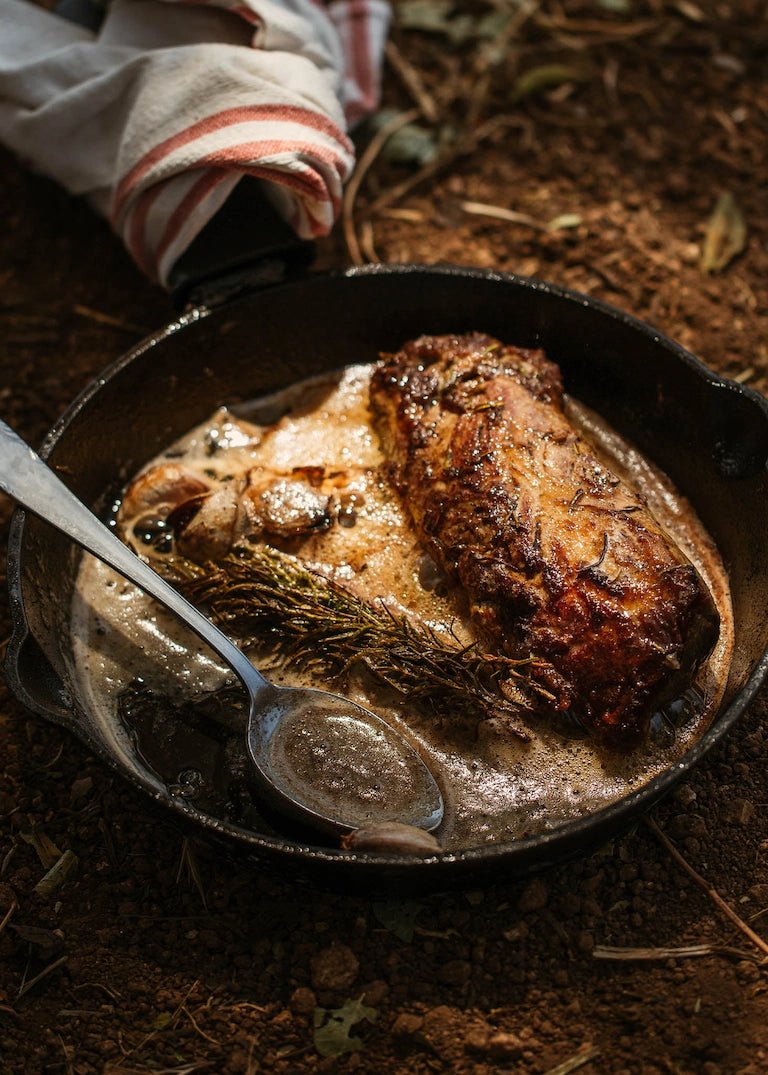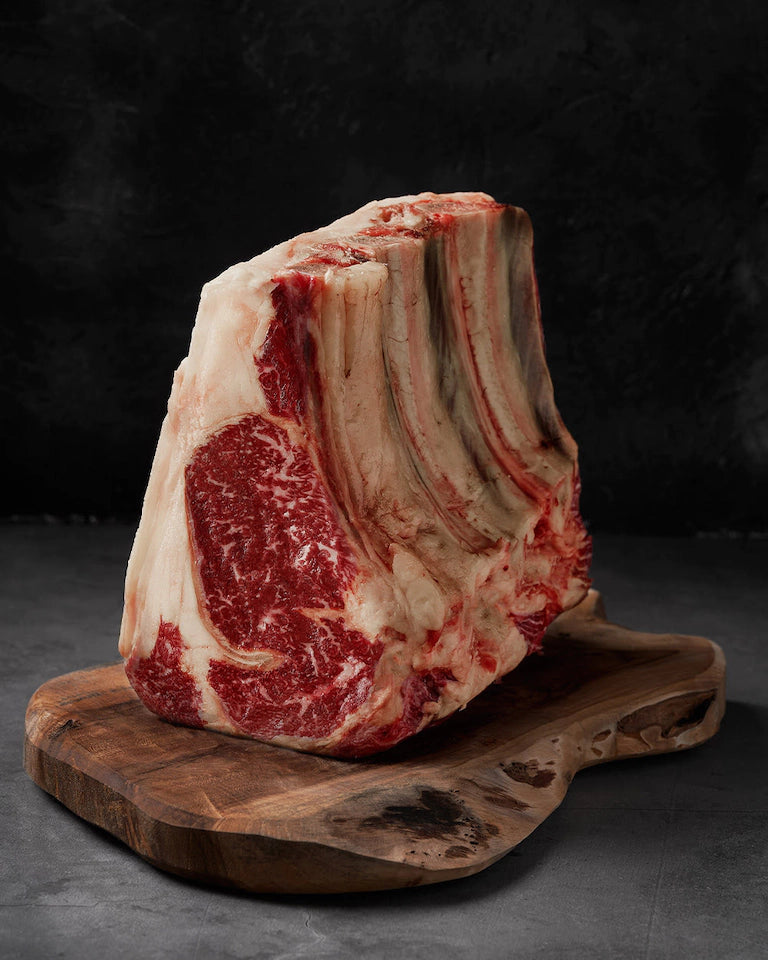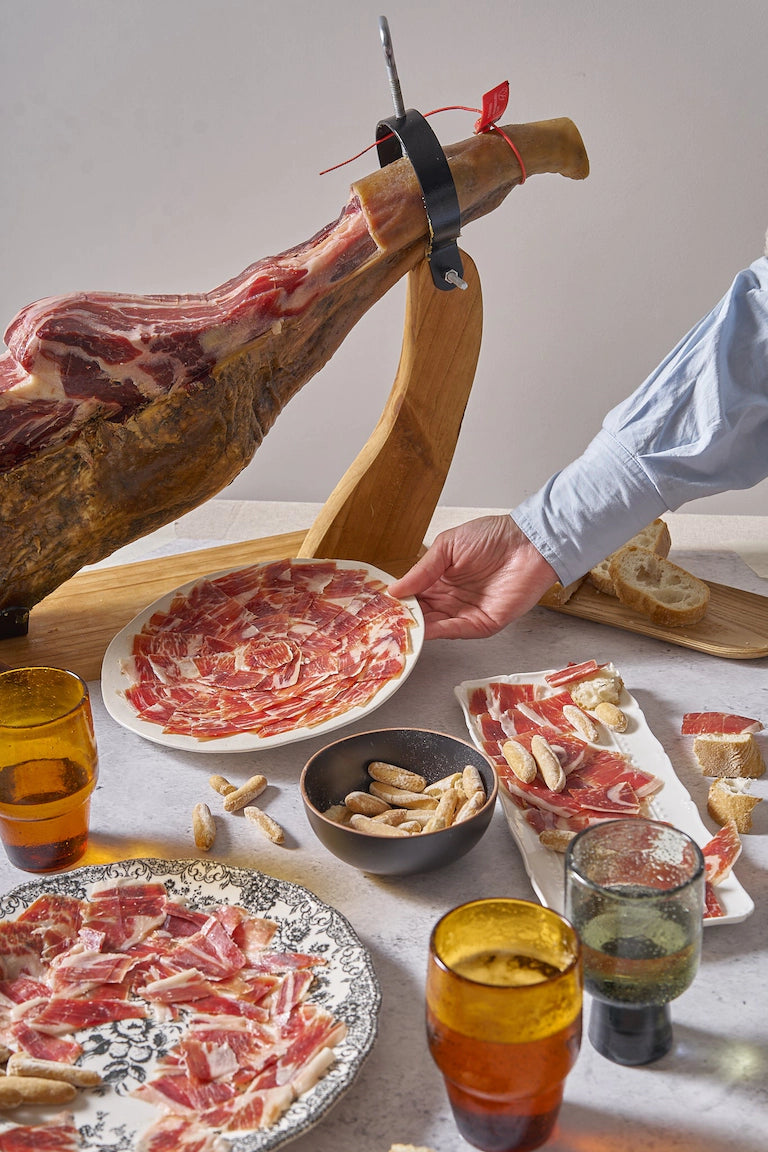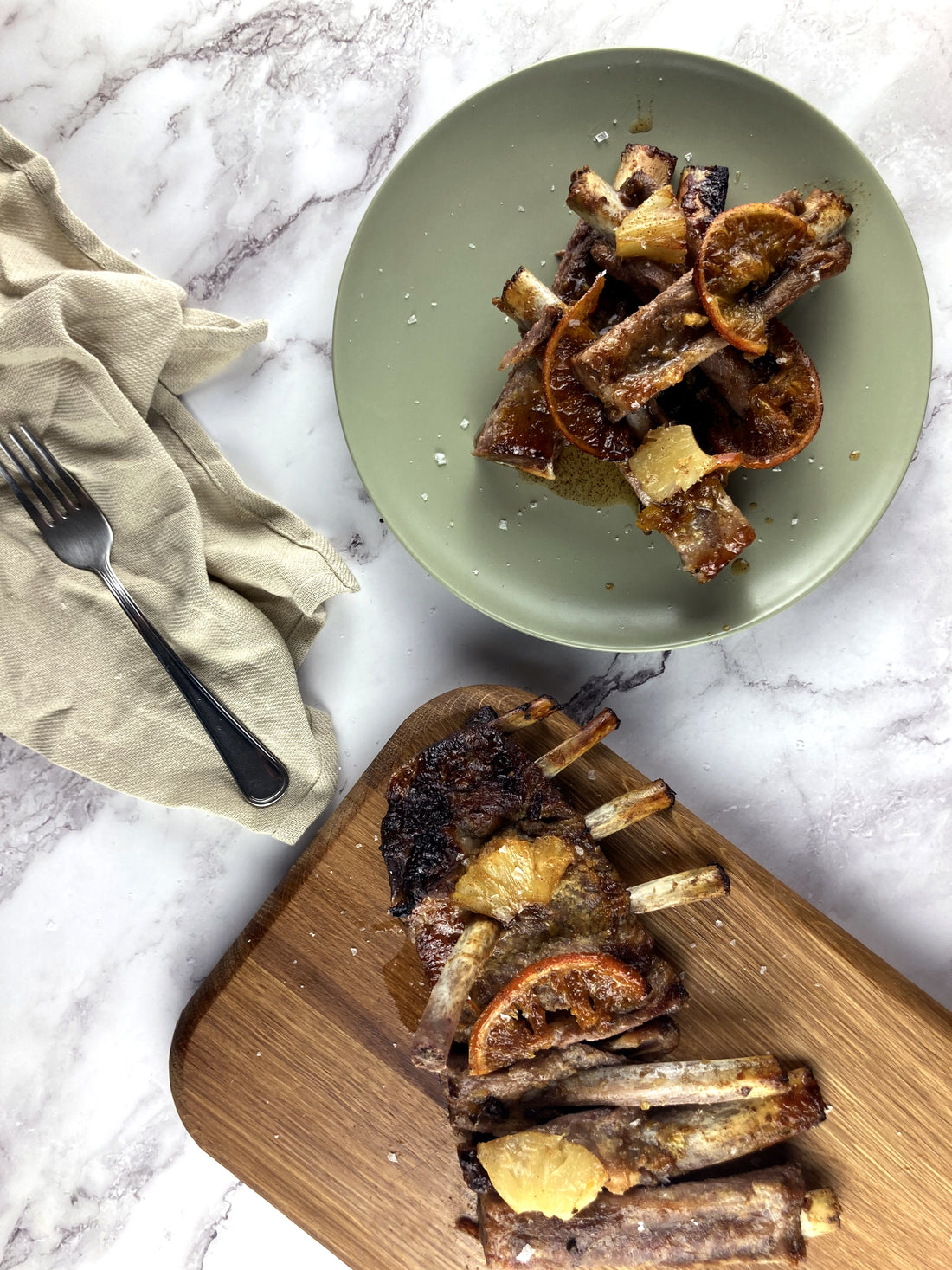
Cooking your ribs over a long slow heat is the best way to make them succulent and tender. A simple and easy way to achieve this is by roasting them in a conventional oven.
While many people say that ribs should be left to those with grills, truth be told, you can make them any way you like. The vast majority of time spent on this cooking method is just waiting around, counting the minutes until you can sink your teeth in some delicious and tender ribs.
No matter how you choose to cook your ribs, the process isn’t complicated and anyone can do it. Whether you use a grill, a skillet, or an oven - it’s hard to ruin a good rack of ribs if you know what you’re doing going into it.
How to Prepare a Rack of Ribs
Thankfully it doesn’t take much work to prepare a rack of ribs. The first thing you’ll want to do is to remove the membrane from them. This may be controversial, but it can make the ribs tougher and chewier. Some people like this however, so if you aren’t sure if you do or not, definitely give it a try. It brings a different and unique texture to the ribs.
You won’t need to wash the ribs or anything, but be sure to let them sit out for a while so that they can reach room temperature. Once they’ve warmed up a bit, pat them thoroughly dry with a paper towel. Now they’re ready to cook.
Should you Boil a Rack of Ribs Before Cooking?
When you boil your ribs before your main cooking method, it helps the meat become even more tender and juicy. It helps give the chef more control over the internal temperature of the rib and can help keep things safe, while also speeding up the cooking time.
It’s ultimately a personal choice whether to boil or not. Heating up the ribs helps to render out the fat, so if you’re going to remove the membrane from the ribs it’ll be a good idea to boil them first. The high heat starts to break down the connective tissue, making it easier to cut away and remove.
The muscle fibers in your meat start to break down once it reaches temperatures of over 100F. As the heat increases to 130F, the collagen in the meat begins to contract and degrade into a gel-like substance. The collagen is what gives meat its toughness, so the heat breaking down the collagen will tenderize and soften the meat.
How to Cook a Rack of Ribs in the Oven
The key to tender and juicy ribs is to slow cook over a low heat. The oven provides the perfect environment to cook your ribs in this way. One extra step you may need to do is to remove the membrane, at least if you want a more tender rack.
- Preheat the oven to 275F.
- Start by removing the membrane.
- Season the ribs generously with your choice of spices, herbs, or dry rub.
- Wrap the ribs with aluminum foil.
- Place the ribs on a baking sheet or in a dish.
- Bake the ribs at 275F for 2-4 hours or until they’re tender.
- Once they’ve finished cooking, you can coat the ribs with barbecue sauce, or whatever sauce you’re wanting to use.
You can use any type of sauce or seasoning here, whether it’s just simple salt and pepper, a full and complex dry rub, or a homemade sauce.
What To Serve With Rack Of Ribs
The flavors of pork are pretty unique, and it goes without saying that there’s a lot of high quality foods you can pair with ribs.
Potato Salad
Potato salad is a staple in the backyard BBQ, and luckily there’s not just one way to prepare it. There are dozens upon dozens of different recipes and styles for potato salad, you can get very creative here.
Beans
Alongside potato salad comes beans. Pork and beans just go together, even commonly coming in canned meals like “beanie weenies” and pork ‘n beans. Anything from black beans, to legumes and even green beans.
Coleslaw
This is another big favorite. Coleslaw goes perfectly with a salty and savory BBQ sauce and pairs well with the unique umami flavors of both pork and beef ribs.
Salad
When you think of salad, often you think of a traditional salad with a bed of lettuce and some tomato and onion. But that doesn’t have to be the be all and end all of your salad. Just like with potato salad, a garden salad can get pretty creative. Zucchini, carrots, red onions and tomato - really just experiment and figure out what you enjoy the most.
